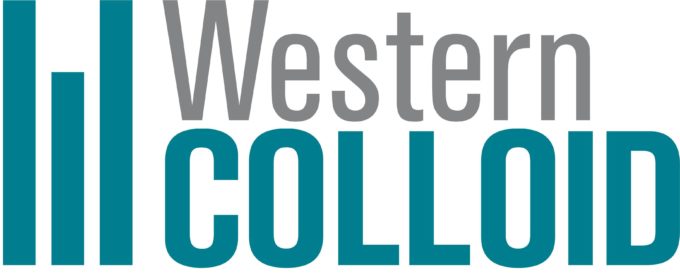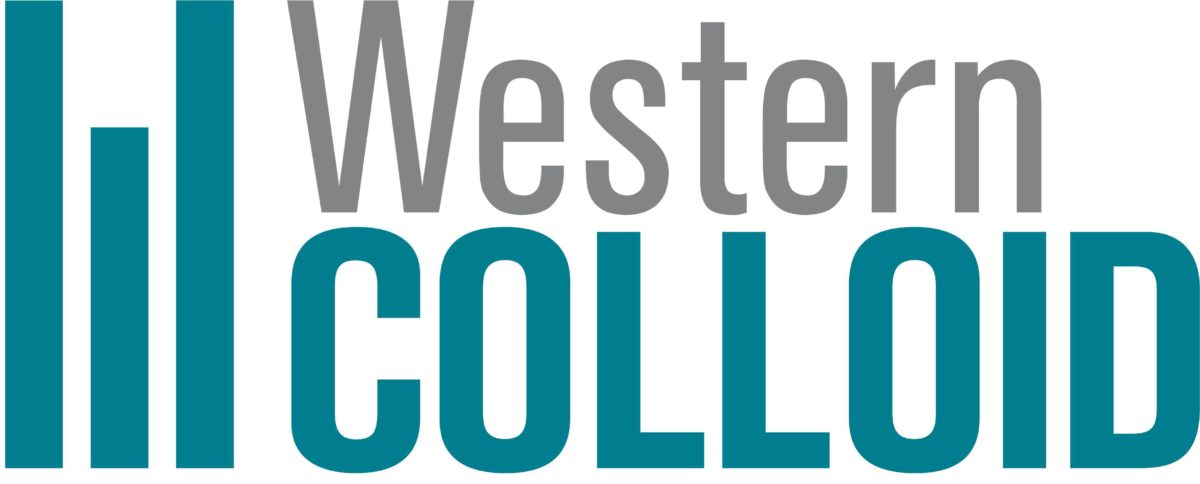
Working With Tenants During Roof Tear-Offs
Keeping your roof in good repair is a critical element of maintaining your building. And after decades of holding back wind, rain, snow, hail and damaging UV rays, you’ll need to eventually replace your roof, which can often be a complex and time-consuming project if you own or manage a multi-residential or commercial building.
One of the most complex aspects of roof work is working with your tenants. They pay good money to live or work in a home or office, not a construction site. But when a roof tear-off becomes necessary, finding the balance between your tenants and contractors takes diligence. Here are some important considerations when it comes to roof work in an occupied building.
Communication Is Key
If you learn nothing else here, remember that good communication will help your project succeed better than almost anything else.
Your lease will most likely specific requirements regarding communicating planned construction and renovation with your tenants. Make sure you familiarize yourself with your specific tenants’ rights during construction. Once you have a contractor selected and a project scheduled, communicate that information to your tenants as quickly as possible.
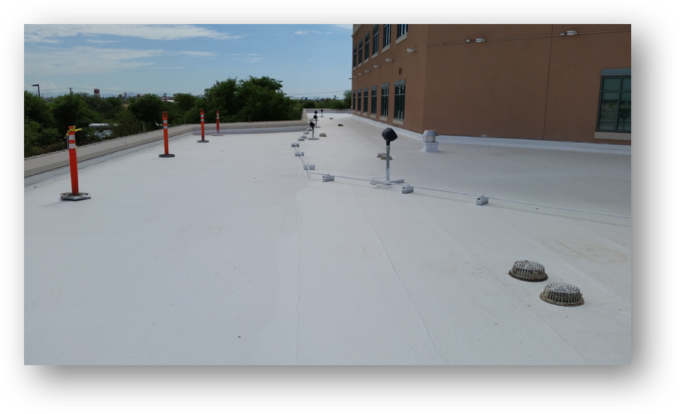
Among the important details to relay to tenants, consider including the following:
- The date work will start and the expected duration of the project.
- The scale of the roof work: Is it a complete roof tear-off or only a partial replacement?
- Why the work is being done. They may not understand jargon but they’ll feel better if they understand that you are investing in a better solution.
- How contractors will access the roof, especially if they will be using common stairways or elevators also used by tenants.
- If areas of the parking lot, the building or any entrances will be off-limits during the work.
- Any expected noise, odors or dust that might enter the building and what measures are being taken to limit this.
- If the HVAC systems will be turned off at any point during the work and for how long.
- Any equipment such as satellite dishes that the tenant may need to have disconnected.
Many landlords will post this information in print in common areas like elevator lobbies and security offices. Consider whether email communication will be useful as well. It’s easy for people to only scan over posted notices instead of reading them in detail, so communicating by as many channels as possible is the most effective way to get tenants the information they need.
To help keep your tenants up-to-speed on the project, remember to send out or post reminders the day before work starts and as significant project elements are reached. For example, if only one area of the building will be impacted by noise at a time, make sure to keep other tenants informed about when they will be affected.
Also, in any notices or emails you send to tenants, make sure you identify a specific individual they can contact with any questions or concerns. This will help put your tenants’ minds at ease during what can be a disruptive process
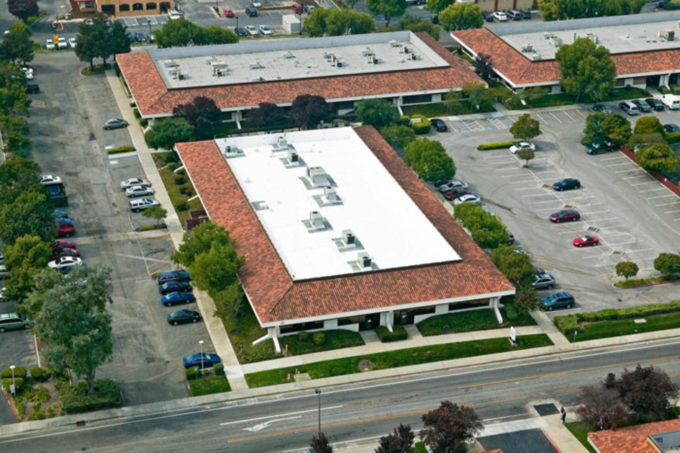
Contractor Access and Storage
Speaking of disruptions, where possible, work with contractors to establish procedures for accessing the roof and storing materials in a way that won’t disrupt your tenant’s day-to-day routine. While your lease identifies your landlord responsibilities for repair, keeping the process out of your tenants’ direct line of sight will help things run more smoothly.
Depending on your building, you may be able to direct contractors to a service elevator or to roof access through a mechanical room. If the building is not too tall, materials can be taken to the roof on a hydraulic lift or even a crane for taller sites.
Similarly, while it’s easy to block off a few parking spots in an indoor or outdoor lot as a designated storage area for materials, keep in mind that even in a lot with unassigned parking, many employees and residents will have a place they consider to be ‘their’ spot. And even if you choose an unclaimed spot, parking next to an unsightly stack of roofing materials is not ideal for your tenants and may result in scratches or dings in their car if the materials shift or fall, opening you up to litigation in extreme cases.
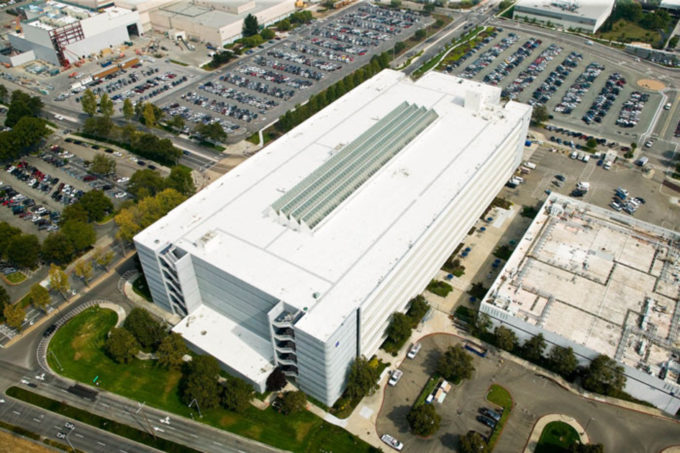
Managing Tenant Complaints
We’ve already talked about how communication is a tenant right during construction, and why you should have a designated contact person to manage questions, but even with the best communication plan in place, be prepared to deal with complaints.
Most often, complaints will be around noise and odor. Odor, in particular, can be tough to deal with, because while it is unpleasant, tenants can also become concerned for their health even when there is no risk. Managing odor and related indoor air quality during roof work is a key step in reducing tenant complaints.
Here are a few steps to help manage odors during roof work:
- Select low-odor roofing materials, such as Western Colloid’s asphalt emulsion roof coating system which requires no tear off of your existing roof.
- Have contractors keep roof kettles downwind of air intakes and kept at the lowest possible temperature.
- If kettles can’t be moved downwind, close air intakes and windows.
- If weather permits, shut off the HVAC system, keeping in mind that keeping it off too long can have other negative impacts on indoor air quality.
- Schedule work with higher-odor material outside of normal business hours or when occupancy is low.
If you do receive complaints, be as responsive and proactive as possible. Not all noises and odors can be avoided, but tenants will be more tolerant if they know you’re working in good faith. You should also stress that you are choosing a long-term solution that ensures you are trying to limit disruption to tenants in future years.
For more information on keeping your roof in good repair and avoid needing a roof tear-off in the future, download our list of free roof maintenance recommendations, and contact Western Colloid to find out more about the options for new roofing.
